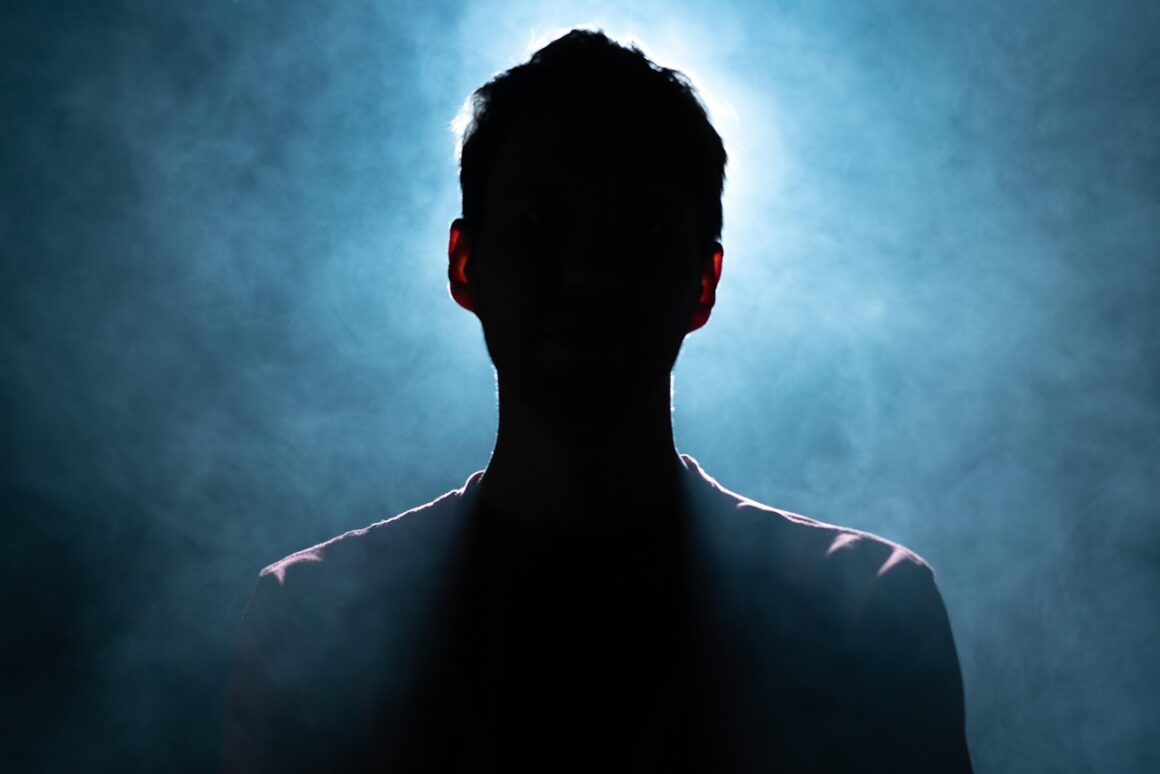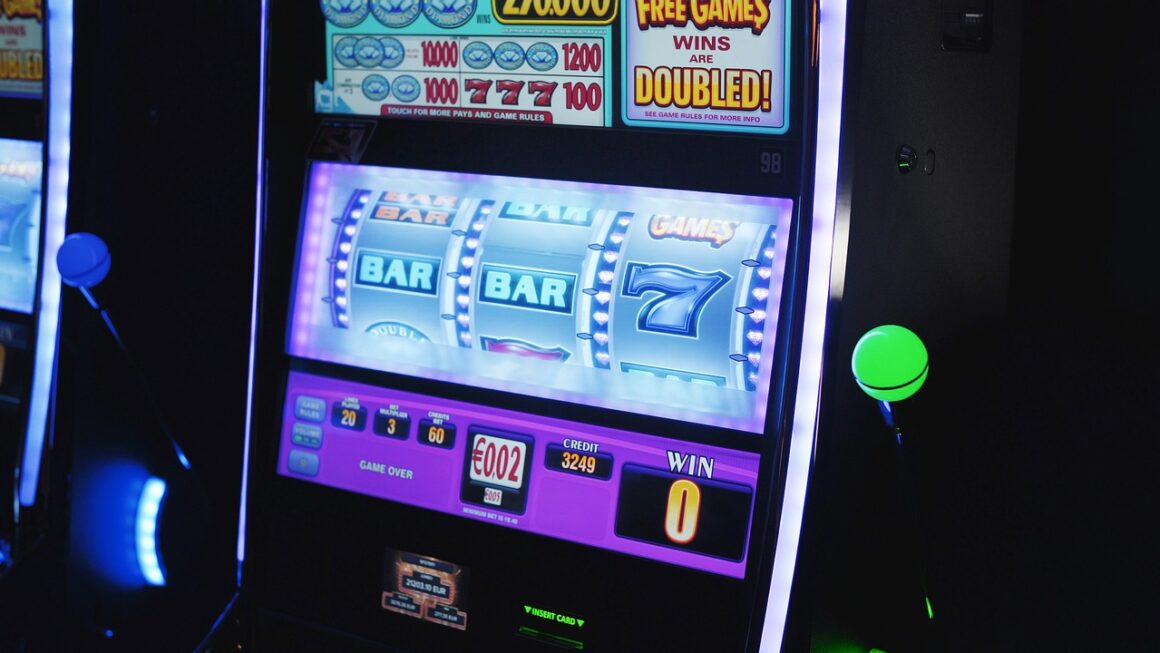Habesha is used to describe descendants of people living in the Horn of Africa. Characteristics include an enlarged forehead, curly hair, and berbere scent (although not all Habeshas have these traits).
As a child, I faced an identity crisis. Up until the age of 10 , I attended a school composed of all of my Habesha friends. We rode the same school buses, attended the same after school programs, worshiped at the same churches, and lived within a mile radius of each other. I was completely immersed in this communal culture.
Fourth grade is when I had a rude awakening of how strange my culture was to other Americans, specifically white people.
In the fourth grade, I was accepted into a predominantly white magnet program, in a predominately white neighborhood. There, I was ridiculed for my Jeb Jeb braids, berbere scent, and foreign accent.
So, I denounced my culture by straightening my hair, wearing popular brands, and ditching my Habesha friends. At the same time, whilst I was desperately trying to be white, my neighborhood friends were desperately assimilating into black American culture (yes, I understand that Habesha people are black, but there are some unique elements of Habesha culture that teenagers erase in order to blend into a Black American identity).
I noticed this trend continue until the advent of Buna Time and other forms of Habesha representation in social media. For those who don’t know, Buna Time is a channel on Snapchat that allows viewers a look into the day in the life of Habesha people throughout the globe. Buna Time has created a sense of community for Habesha people through self-deprecating humor and numerous inside jokes.
Other notable community figures include Nathan Zed, Liya Hizkias, Heben Nigatu, Aminé, Abel Tesfaye (the Weeknd), and the Eriam Sisters. These celebrities have used their platforms to show that our culture is beautiful and worthy of celebration. As a result of the sense of community that came along with Habesha twitter, I have noticed more Habeshas using their native dialect, rocking their natural hair, and modeling cultural garbs. Habesha content creators have infused a creative twist to mainstream media entertainment. I cannot wait to experience more projects from these innovative and inclusive minds.





Comments are closed.